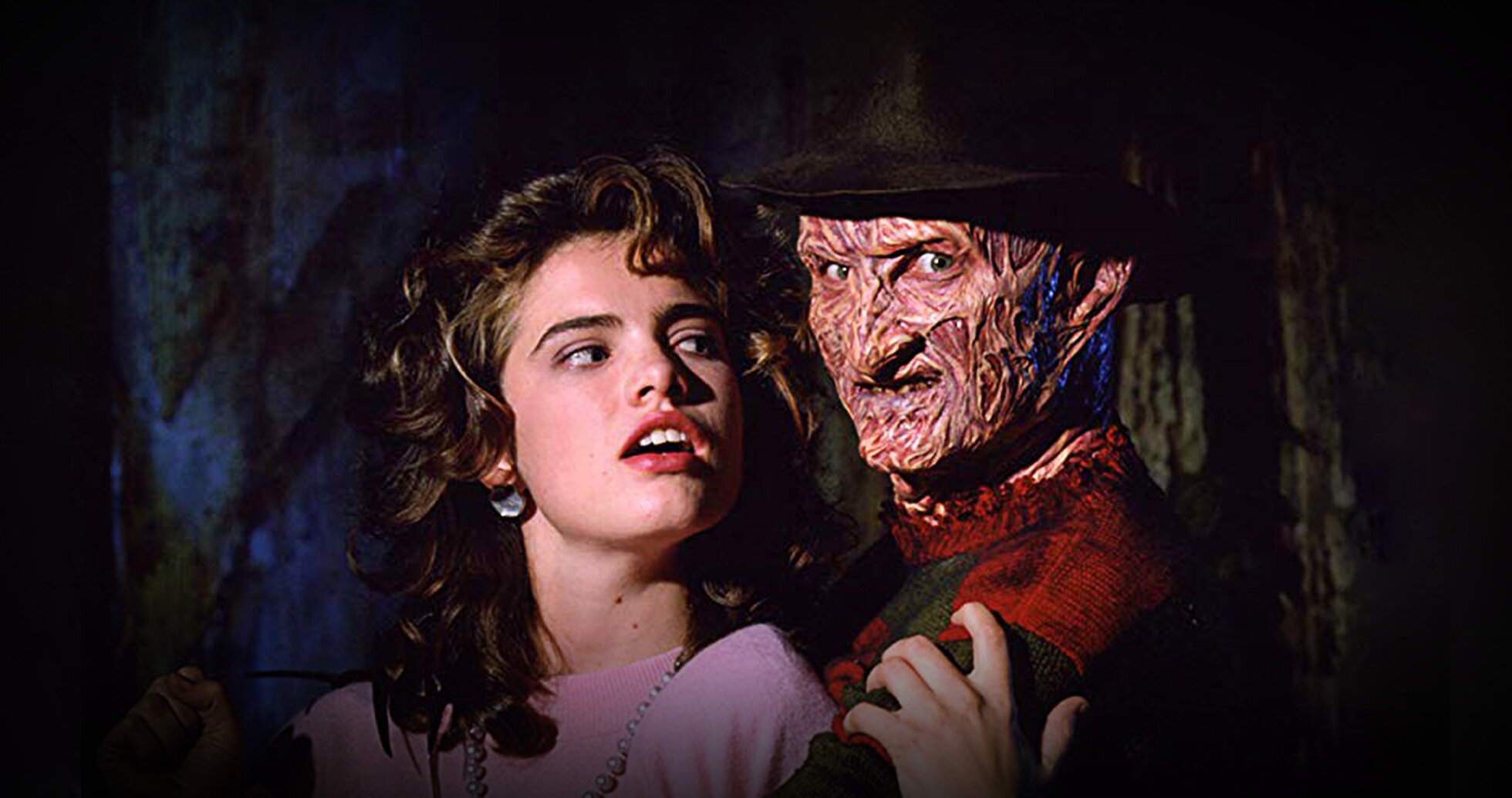The Keeping Room (2014) – A Quiet but Ferocious Survival Tale
Set during the closing days of the American Civil War, The Keeping Room is a slow-burning, atmospheric Western thriller that flips the genre’s typical narrative. Instead of cowboys and gunfighters, it centers on three women—Augusta, her younger sister Louise, and their enslaved companion Mad—left alone on a Southern homestead after the men have gone to war.
When two rogue Union soldiers begin a violent path across the South, the women are forced to defend themselves and their home. What follows is not just a physical battle, but a psychological war between vulnerability and survival. The film draws strength from silence, stillness, and restrained dread, building tension through what it doesn’t show rather than what it does.
Brit Marling delivers a measured performance as Augusta, balancing quiet strength with emotional fragility. Hailee Steinfeld plays the naive yet evolving Louise, while Muna Otaru’s portrayal of Mad is layered with pain and quiet defiance, anchoring the film’s themes of race, gender, and survival.
Visually, The Keeping Room is sparse and beautiful. Natural lighting, empty landscapes, and hushed sound design create a sense of eerie calm that contrasts with the brutality waiting around the corner. It is a story about power reclaimed—not through grand heroics, but through raw instinct and sheer will.
This is not a film for fans of fast-paced Westerns. It is reflective, somber, and, at times, painfully slow. But in its stillness lies its impact. The Keeping Room asks who we become when war takes everything—and who we must become to take it back. A haunting, meditative tale of women standing alone against the madness of men.



